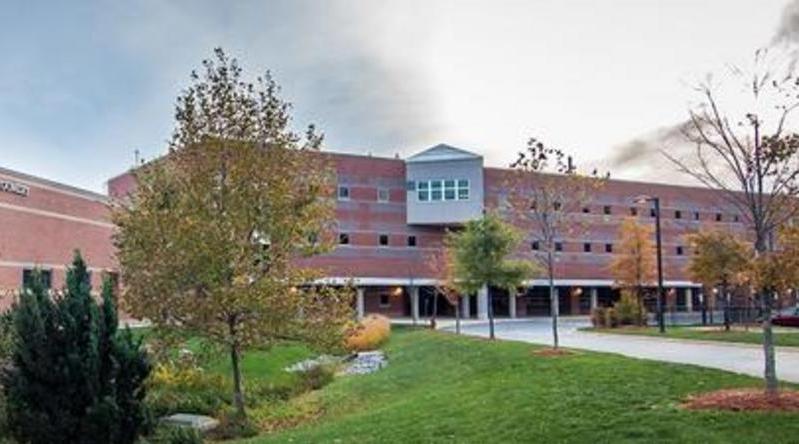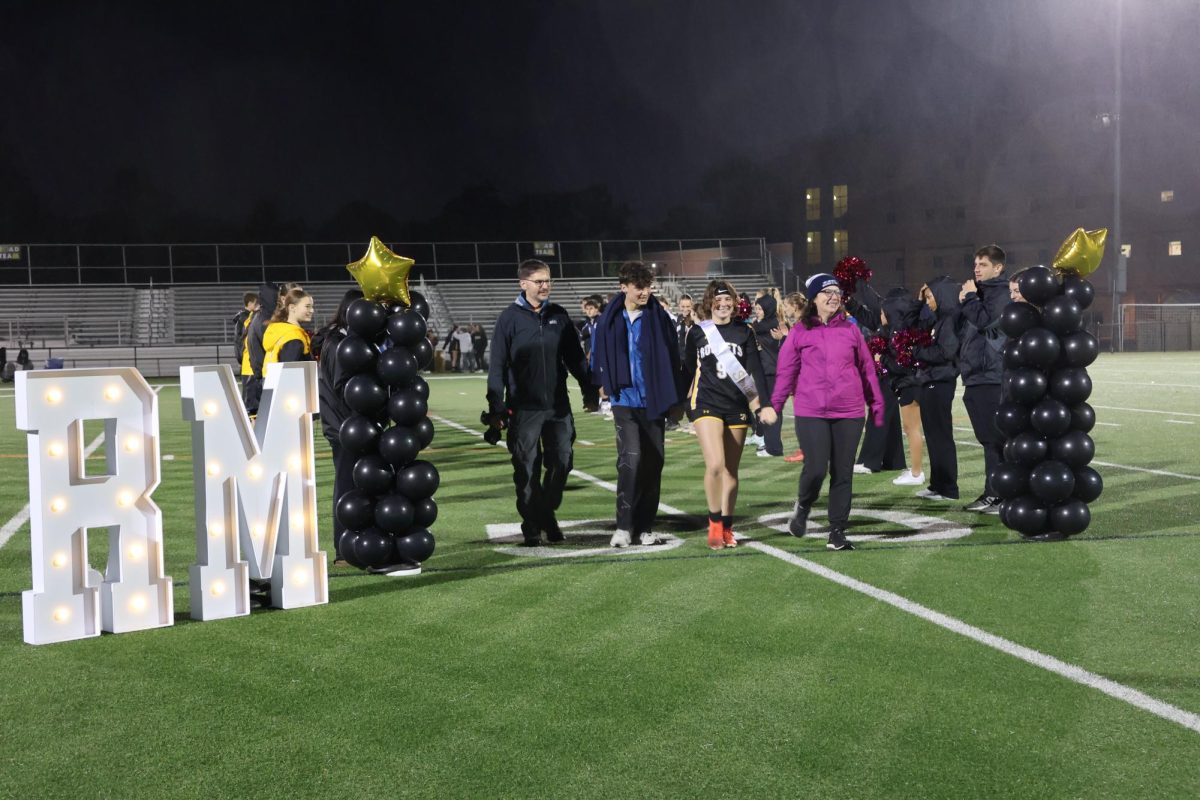Greenhouses have been rapidly sprouting up in places worldwide, especially in the United States. From urban hubs to rural areas of America, more and more people have realized the benefits of greenhouses for letting plants thrive without being exposed to the unpredictable elements of Mother Nature. Greenhouses at Montgomery County’s high schools, including the one at Richard Montgomery, have been a great way to get students involved in growing and taking care of plants everyday.
When the new building of Richard Montgomery High School was constructed, a greenhouse was built for the first time in the school’s history. It was specifically designed for the horticulture course that is offered at high schools across the county. In the course, students learn to cultivate and care for plant gardens. The plants can be grown year round in a greenhouse, but we use our greenhouse for horticulture and it is only taught second semester.
At the glass greenhouse in room 362, horticulture students grow a plethora of different vegetation. A variety of flowering plants, including black-eyed susans, marigolds, petunias, and impatiens are grown. Produce such as lettuce, tomatoes, green peppers, cucumbers, and herbs including parsley, basil, lavender, and rosemary are also grown at the facility.
Students all over the nation have used greenhouse-grown produce and herbs to feed their schools. This has been known as the “farm-to-tray movement.” It is a simple way to help combat childhood obesity and increase the number of nutritious foods on school menus.
There is great appeal of such a program making its way into Richard Montgomery. However, Laura Denion, the only Horticulture teacher at the school, said, “The produce grown will only belong to students enrolled in the horticulture class. At the end of every school year, horticulture students have the opportunity to take home their plants.” If students choose not to take their plants home, those plants (given that they are in good health and condition) are sold at the horticulture Plant Sale organized by Mrs. Denion. The funds generated go to the horticulture department’s budget.
Mrs. Denion believes there are numerous benefits of greenhouses compared to growing plants in outdoor spaces. “A greenhouse is able to provide plentiful sunlight to plants, unless there is a dreary, cloudy period of weather, with a controlled temperature,” said Mrs. Denion. The plants at RM’s greenhouse are placed on tables that are designed to capture as much sunlight as possible.
Greenhouses can also help address the downsides that come with unfavorable growing conditions in certain places. Maryland’s growing season is shorter compared to states with more tropical environments, so plants can be grown for a longer time in greenhouses. Greenhouses can also monitor and regulate humidity levels, fertilizer application, and irrigation based on the ideal growing conditions of the plants.
Although RM’s greenhouse has a unique triangular shape, its functionality is still the same as regular greenhouses and does not impact the light, since a normal greenhouse would still have windows on exposed sides.
Mrs. Denion jumped at the opportunity of becoming the first horticulture teacher at RM, because she has always been interested in growing plants. “A greenhouse is as close to being outdoors that you can get, but are still within the confines of the building,” she said. “I love when students show an interest of learning about plants and growing them too!”
Mrs. Denion notes that gardening and landscaping are two hobbies that are thriving because of widespread interest in growing fresh produce and beautifying the exteriors of homes. “Everyone should be able to grow their own vegetables and flowers in their own gardens,” she added. Expanding the number of greenhouses like the one at RM can result in many positive benefits for planet Earth.













